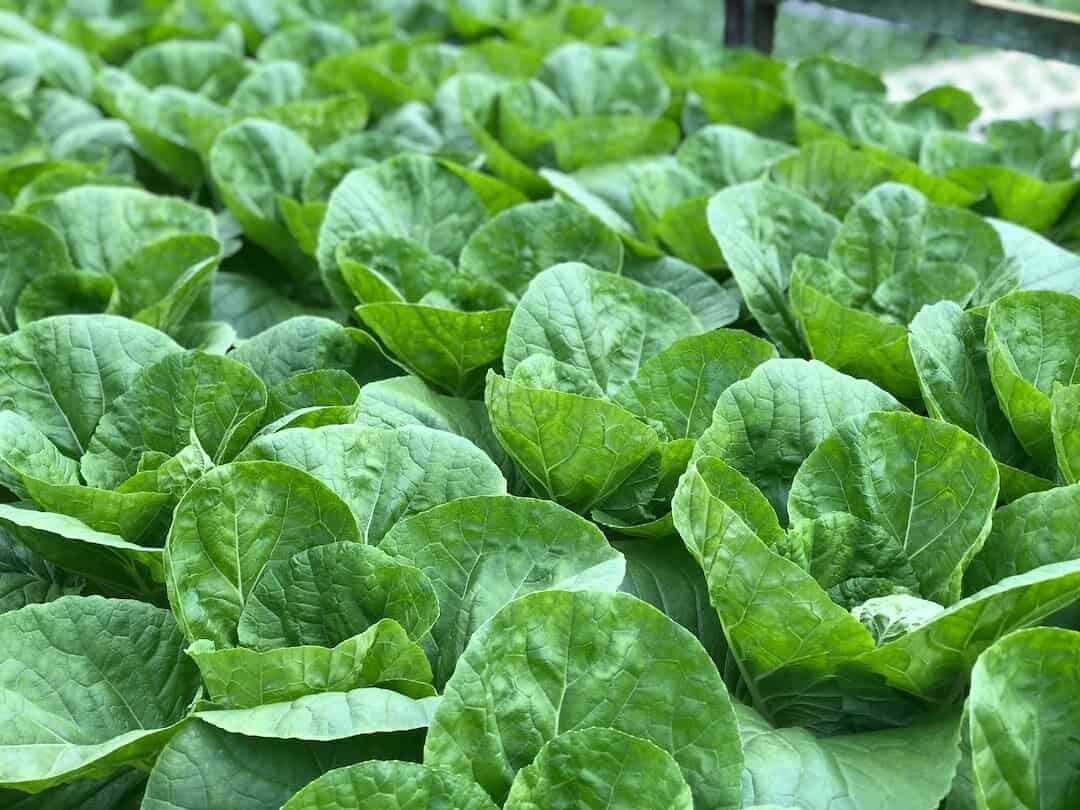
Frequently Asked Questions
Below are frequently asked questions about the Center, our work, and the Business Builder Subawards. FAQs will be updated frequently. For specific Business Builder Subaward information, please review our Recordings tab for the most recent Webinar Recording and Q&A.
If you have any additional questions, please contact your nearest C-TAP or reach out to Info@appalachiaRFBC.org
Updated:2/24/25
Center Information
-
The Center is not a physical place or building but rather a partnership of organizations, all dedicated to developing a better, fairer, more sustainable and resilient food system in Appalachia. We’re doing that by offering coordination, technical assistance and business builder subawards.
-
Our Center Partners are 18 organizations throughout the Appalachia region that seek to better the food system through our work. Learn more about our Partners here.
-
The Appalachia Regional Food Business Center services all of Ohio, West Virginia, Tennessee, Kentucky, and parts of Pennsylvania, Maryland, and Virginia. Check out our map on the homepage of the site for specific counties we serve.
-
Yes! While the Center does have geographic boundaries, our help and support does not. If you wish to grow, sell, or buy from or in the area we cover, please feel free to contact us at info@appalachiarfbc.org.
Business Builder Subaward Eligibility
-
Any for or non-profit food or farm businesses that is making food for human consumption and participating in post-harvest activities. This includes:
Start up businesses
Farmers or ranchers
Meat processors
Food producers and value added product producers
Aggregators and Distributors
Shared-used kitchens
Herb-growers or processors
Food businesses training operations
Please note that this is not an exhaustive list. Please contact your nearest Center Technical Assistance Provider for guidance.
-
Generally, items and activities that support post-harvest business development and capacity building are eligible. Some examples of this include:
Walk in coolers and freezers
Commercial kitchen equipment
Post-harvest processing or food safety equipment
Marketing, product development, or branding costs
Business planning or strategy planning
Packaging and labeling expenses
Please note that this is not an exhaustive list. Please contact your nearest Center Technical Assistance Provider for guidance.
-
Generally, items and activities that fall into pre-harvest activities, construction, or land purchase are ineligible. Some examples of this include:
Pre-harvest farming equipment such as fencing, irrigation equipment, seeds, or soil amendments
Purchasing or leasing land, buildings, or real estate.
the construction, renovation, demolition, or rehabilitation of any building, structure, or land.
Non-specialized equipment such as tractors, trucks, or trailers.
Please note that this is not an exhaustive list. Please contact your nearest Center Technical Assistance Provider for guidance.
-
This Subaward allows the purchase or lease of specialized vehicles that are not easily converted or used for personal use. However, the lease term cannot be longer than the funding period of the individual subaward; a maximum of 24 months from the commencement of the funding or December 31, 2027, whichever comes first.
Examples of specialized vehicles include:
Specialized trailers (such as a food service trailer)
Forklifts
Refrigerated vans
Delivery vehicles
Please note that this is not an exhaustive list. Please contact your nearest Center Technical Assistance Provider for guidance.
-
Staffing costs are an allowable expense that can be covered by a subaward. However, in order to be successfully reimbursed, the staffing costs would need to be shown clearly as a payroll cost. Please note that, while this is an allowable expense to be included on a subaward proposal, there could be tax implications for an owner to also be listed as an employee. This should be discussed with a tax adviser due to the implications of such an arrangement. Additionally, the only cost that can be covered are payroll costs for time directly related to activities covered by the subaward. Employee activity that is not related to a covered activity (general business activities not related to the subaward) cannot be covered.
Business Builder Subaward General Information
-
Generally, the BBS funds post harvest business activities for both for-profit and non-profit food and farm businesses making products for human consumption. For specific information, please see the separate “Business Builder Eligibility” section below.
-
Approximately $4million is available per round, with a total of $16.6 million awarded in total over 4 funding cycles.
-
$100,000 per business is the cap for the entire Business Builder Subaward program. A business can get up to $100,000 in total over all 5 cycles of the subaward from all Regional Food Business Centers.
-
The BBS is reimbursable, meaning you will need to spend the money before receiving any funds. Subaward recipients will be able to submit for reimbursement monthly, with an anticipated processing time for each monthly request being 60 to 90 days.
-
No, no cost share or match is needed for BBS.
-
No, you do not. While all subawards have a maximum time frame of two years or December 31, 2027, whichever comes first, each award will have its own time frame for processing and close-out reporting. It is important to note that while you can apply for more than one round of funding, that maximum amount in total that can be awarded is $100,000 dollars.
-
The Federal Funding Accountability and Transparency Subaward Reporting System (FFATA) is a reporting system that provides publicly searchable information about government funding recipients. If you receive BBS funding of 30K and above, you will be required to report your information to this system. For more information, vist https://www.fsrs.gov/faqs#
-
Each BBS needs to be completed within 2 years. When applying, please ensure that your budget timeline is equal to or less than a 2-year timeframe.

